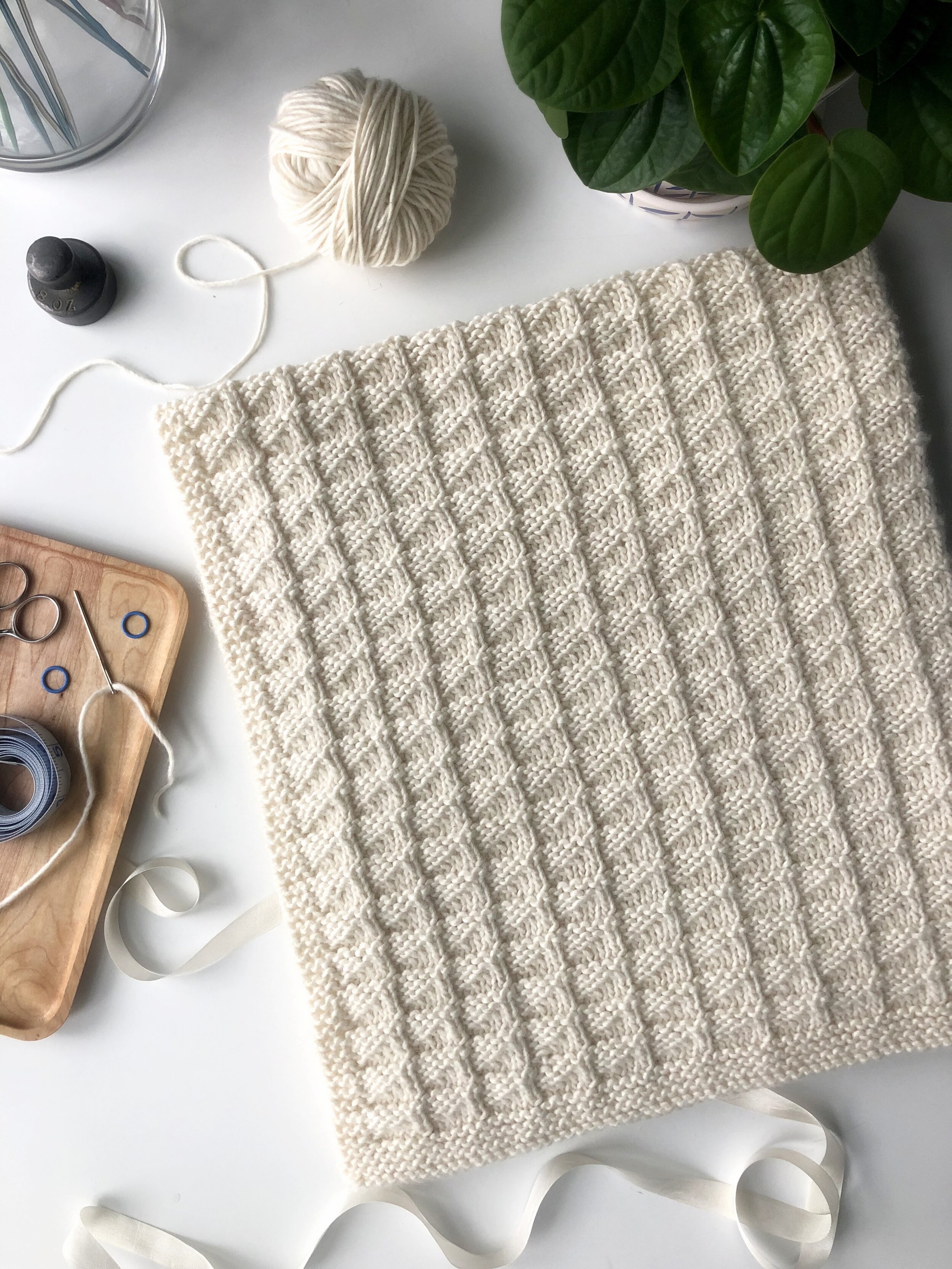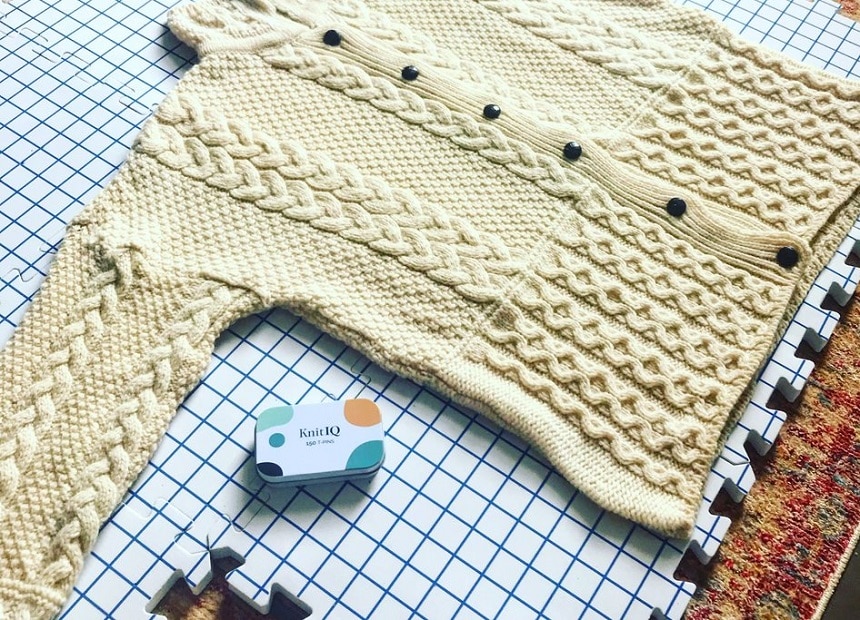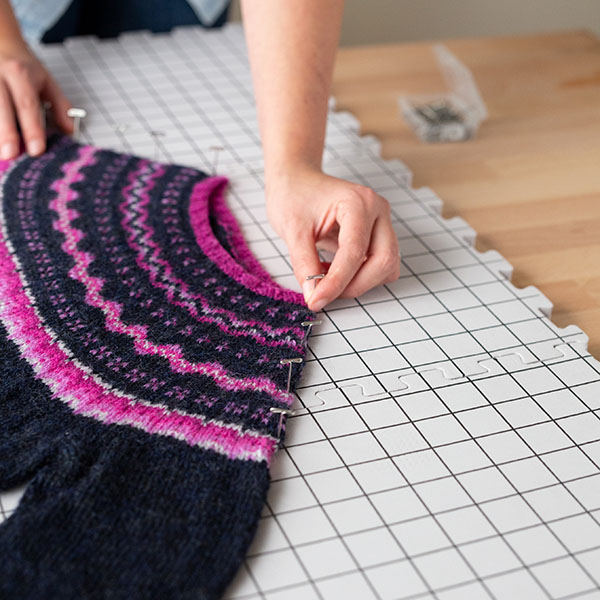Block Knitting Project
Block Knitting Project - In this video, i show you what yarns should be blocked an. Wet blocking, steam blocking, and spray blocking. Blocking your finished knitting project makes a big difference in the appearance of your project! Web there are 3 methods of blocking: Web how to block knitting. Lay your garment flat on a clean towel and roll the towel, pressing out as much water as possible. How to block your knits. How do you block knitting without mats? Web blocking generally follows three simple steps: Remove as much extra moisture as possible, typically with a towel. Here’s a quick summary of how each method works. This expert, resource guide from interweave includes finishing techniques, steam blocking, and other helpful information! Once you’ve finished knitting your blanket, scarf, throw, washcloth, sweater, or other knit project, you need and want to block it. Blocking your finished knitting project makes a big difference in the appearance of your project!. And i’ve done blog posts before about how important i think blocking is and how it really helps to create a nice, finished look to your knit pieces. I’ve learned a lot about wet blocking through the years. Blocking socks and hats is a little different, so we'll discuss that process below. Blocking acrylic yarn pieces is a vital step. You could use any flat surface to block your garments (i'm partial to the knitter’s block), just be sure that your knitted piece lies flat and fully dries so that its shape sets. Web blocking is essentially a method of washing the project and shaping it a bit before allowing it to dry. Lay your garment flat on a clean. Web these blockers can be left to dry flat (flip them after a couple of hours to dry evenly) or hung up on a hook. Wondering if your project really needs to be blocked? It’s a technique that ensures your work has the desired final shape, size, and drape. Web in knitting, there’s no other simple finishing technique that will. Blocking wires (not essential but nice, especially for. Repeat this process with other towels until the item is. Web on january 29, 2021. Take note of the measurements of your garment and wash according to the yarn label instructions. This means that you stretch and shape your finished piece so that it has the correct measurements your pattern has given. Web blocking is a method of stretching and shaping a finished knitted piece to reach the dimensions suggested in the pattern, to make two pieces that need to match the same size, or to make your stitches look nicer and more even. We’ll dive into each method in more detail. Think of it as the spa day your project truly. Wondering if your project really needs to be blocked? Why blocking is an essential last step in knitting. Each has pros and cons, suitable for different types of projects and yarn. Blocking reshapes an item and redistributes the stitches so that they sit evenly. To start, you will need: You could use any flat surface to block your garments (i'm partial to the knitter’s block), just be sure that your knitted piece lies flat and fully dries so that its shape sets. Web in 7 easy steps, you'll be blocking knitting like a pro and create beautiful finished knits! Wet blocking, steam blocking, and spray blocking. While the method. In this video, i show you what yarns should be blocked an. This expert, resource guide from interweave includes finishing techniques, steam blocking, and other helpful information! You could use any flat surface to block your garments (i'm partial to the knitter’s block), just be sure that your knitted piece lies flat and fully dries so that its shape sets.. No need to get overwhelmed, though! We’ll dive into each method in more detail. Blocking socks and hats is a little different, so we'll discuss that process below. Web blocking is the process of wetting or steaming your final pieces of knitting to set the finished size and even out the stitches. The blocking process relaxes the fabric and helps. Web the delicate rinse. I’ve learned a lot about wet blocking through the years. It can also help to make your stitches look more even, hide any mistakes you made and straighten the curled edges. Web these blockers can be left to dry flat (flip them after a couple of hours to dry evenly) or hung up on a hook. You could use any flat surface to block your garments (i'm partial to the knitter’s block), just be sure that your knitted piece lies flat and fully dries so that its shape sets. You’ll start by soaking your finished project in water and then shape it into the desired dimensions. Before wet blocking anything, check its label for instructions to avoid causing any irreversible damages to it. Lay your project flat, matching the finished dimensions. No need to get overwhelmed, though! Each has pros and cons, suitable for different types of projects and yarn. We’ll dive into each method in more detail. This means that you stretch and shape your finished piece so that it has the correct measurements your pattern has given you. Take note of the measurements of your garment and wash according to the yarn label instructions. Web there are three main ways to block a knitting project: The blocking process relaxes the fabric and helps it drape and lay correctly so it can look its best. Web do you block your knitting?
How to Block Knitting Blocking a Hand Knit Blanket Tutorial Final

How to Block Knitting Blocking a Hand Knit Blanket Tutorial Final
Fifty Four Ten Studio The Final Step of Your Knitting Project Blocking

Blocking Knitting The Detailed Guide for Beginners

How to Block Knitting Blocking a Hand Knit Blanket Tutorial Final

How to Block Knitting Blocking a Hand Knit Blanket Tutorial Final
![How to block knitting [The ultimate tutorial]](https://nimble-needles.com/wp-content/uploads/2023/03/a-knitted-project-before-and-after-blocking.jpg)
How to block knitting [The ultimate tutorial]

How to Block Knitting YouTube

Blocking Knitting Video How to block knitting Knitting Then learn

3 Things Blocking Knits Can Fix (and 3 Things It Can’t) Knitting
In This Video, I Show You What Yarns Should Be Blocked An.
This Guide Can Be Used To Wet Block Knitwear Such As Jumpers, Cardigans, Scarves, Shawls, And So On.
Scroll To The Bottom Of This Post And.
Web Blocking Is A Method Of Stretching And Shaping A Finished Knitted Piece To Reach The Dimensions Suggested In The Pattern, To Make Two Pieces That Need To Match The Same Size, Or To Make Your Stitches Look Nicer And More Even.
Related Post: